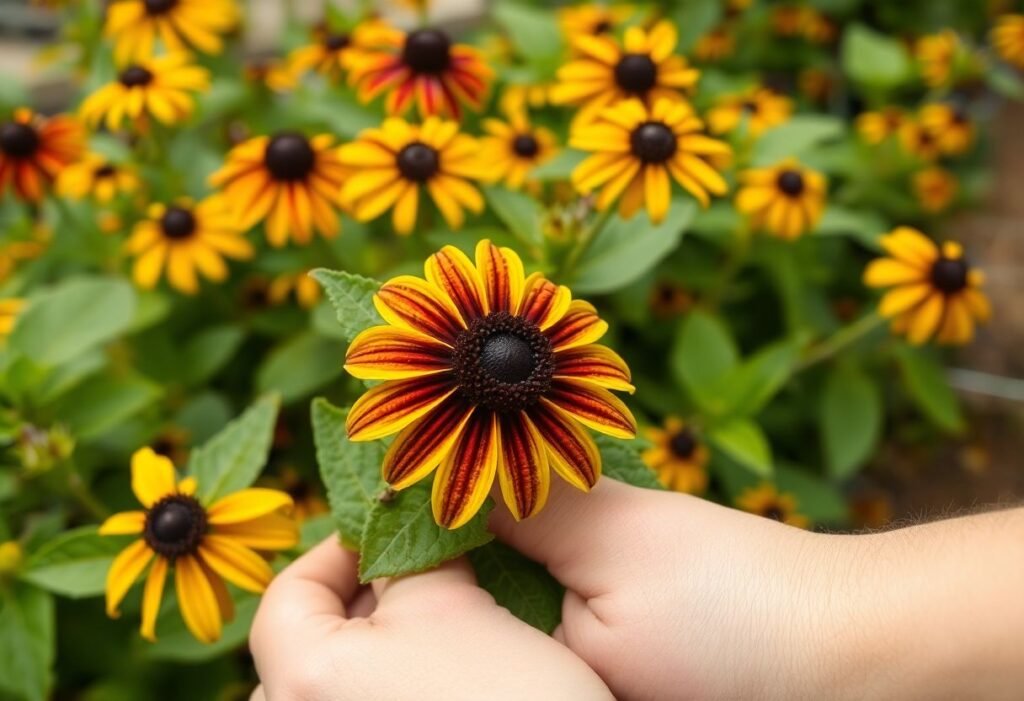What is the Black Eyed Susan?
The Black Eyed Susan is a perennial plant that thrives in various soil conditions, making it an ideal choice for gardeners of all experience levels. These plants prefer full sun and well-draining soil, which makes them a perfect pick for gardens. Understanding how to care for and prune Black Eyed Susans is key to maximizing their growth and blooming potential.
Why is Care Important?
Proper care for Black Eyed Susans entails regular watering, fertilizing, and of course, pruning. Caring for them in the right way not only supports their growth but also enhances their resilience against diseases. It’s important to remember that each plant, including Black Eyed Susans, has its own unique needs and requirements.
What is Proper Pruning?
Pruning of Black Eyed Susans should start in early spring. We need to remove dead or damaged leaves to encourage healthy growth. We should also trim any stems that appear too long or unruly; this will improve the plant’s appearance and allow it to develop more robustly.
Post-Bloom Pruning
After blooming wraps up, pruning Black Eyed Susans becomes even more critical. It’s wise to remove any spent flowers to help the plant focus its energy on health and future growth. Trimming away dead blooms often leads to a flurry of new ones the following season, which is always a breathtaking sight in any garden.
How to Fertilize Black Eyed Susans?
In addition to pruning, adequate fertilization of Black Eyed Susans affects their health and condition. Use organic fertilizers to support plant growth. Another excellent option is compost, which improves soil structure and overall plant health, enhancing our garden’s splendor.
Common Problems and Solutions
While caring for Black Eyed Susans, we may encounter various problems, such as fungal diseases or pest invasions. The key to resolving these issues is to regularly observe your plants and take action when something appears off. Pruning and removing infected parts of the plant is one of the crucial actions that can save the entire plant.
Conclusion
Black Eyed Susans are not just beautiful plants; they are an excellent addition to any garden. Caring for and pruning these plants is the key to their health and performance. Remember to observe them regularly and adjust your care routines to suit their needs. Start your journey with Black Eyed Susans today!
Disclaimer
Please note that the above advice is general and may vary depending on the specific soil and climatic conditions in which your Black Eyed Susans are growing.

















